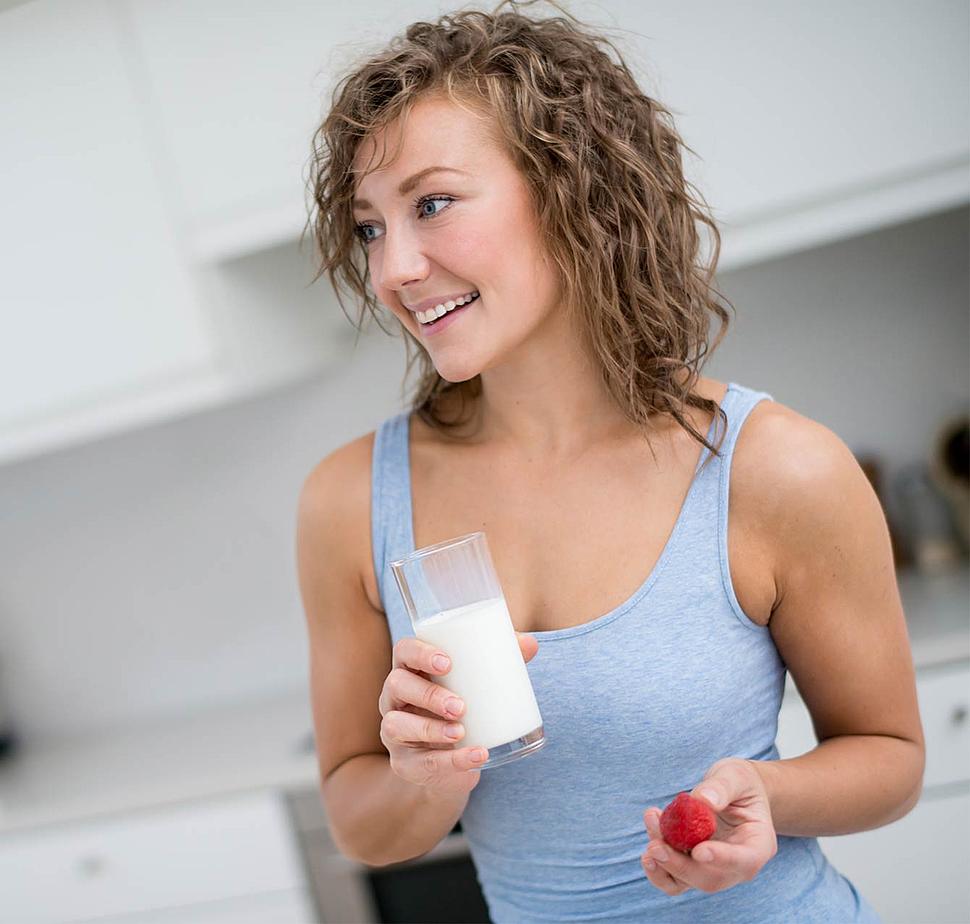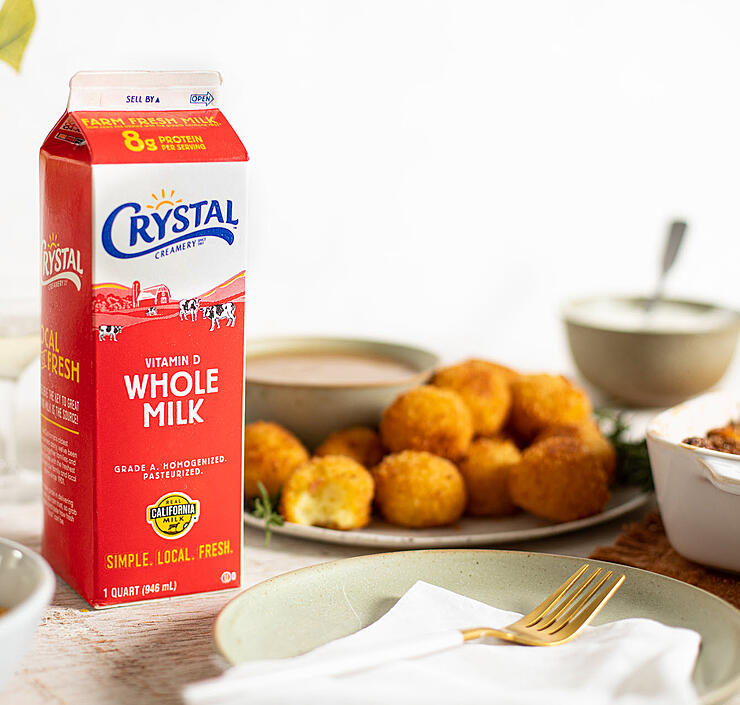
Nutrition Showdown: Dairy Milk vs. Plant-Based Milk
It’s never been easier to find plant-based milk alternatives. But, nutrition-wise, how do they stack up to dairy?
It’s never been easier to find dairy-free milk than it is right now. Plant-based concoctions made from oats, hemp, nuts, and even green peas are everywhere these days, from fancy coffee shops to the aisles of your local supermarket. Many plant-based milks taste good, but nutrition-wise, how do they stack up to the real deal?
There’s More to Milk than Calcium
For most people, dairy milk and calcium go hand in hand. With about 300 milligrams (or 25% of the daily recommended allowance) per serving, dairy milk is definitely calcium-rich. Having enough calcium in your diet helps to build strong bones and teeth necessary for both young and old alike. Surprisingly, many plant-based alternatives such as almond, cashew, rice, pea, and oat milks are also high in calcium, while soy milk, which has about 60 milligrams per serving, is the only popular vegan milk with significantly less calcium than dairy.
What other minerals and nutrients does a glass of dairy milk offer? One cup of milk contains 25% of the vitamin D you need every day, plus plenty of B-vitamins—including thiamin (vitamin B1), riboflavin (vitamin B2), and vitamin B12—and minerals like magnesium, phosphorus, potassium, selenium, and zinc. Some dairy-free milks have lots of B-vitamins, some have loads of potassium, and some are high in vitamin D, but only cow’s milk has it all. The combination of these essential nutrients naturally found in dairy milk not only builds strong bones, but also contributes to maintaining a healthy immune system.
Plant-based milk alternatives vary in nutritional value and are fortified to mimic what cow milk can offer. With so many variations, finding a dairy free substitute that has the complete package of nutrients may not be worth the effort.
Milk is Loaded with Protein
Plant-based milks are generally lower in calories than cow’s milk, which is part of their appeal. But calories aren’t everything. Some of these beverages have less fat and fewer carbs than cow’s milk, but almost all of them are also lower in protein. Including protein in your diet actually makes you feel full longer, and will also build lean muscle to keep your body fit.
One cup of dairy milk has 8-10 grams of protein, and finding a dairy-free option that measures up is harder than it seems. With 7 or 8 grams per cup each, soy milk and pea milk are the highest-protein options out there. Nothing else even comes close: Hemp milk has about 4-5 grams per cup; for super-creamy, super-popular oat milk, that number is closer to 3. Surprisingly, milks made from protein-packed almonds and cashews have barely any protein at all: Just 1-2 grams per cup, among the lowest on the market. Only rice milk has less.
Can you get all of these nutrients from other sources? Of course! But having a glass of milk a day is an efficient way to make sure you have what your body needs. Also for kids there is the added bonus that kids love the taste of milk and don’t need convincing to have a glass with their breakfast or to dunk their favorite cookie.

For Cooking and Baking, Nothing Compares to Dairy
Non-dairy milks are formulated for drinking, not cooking or baking. Something that looks, tastes, and feels like cow’s milk straight from the fridge can go rogue when heated up and combined with other ingredients. If you’ve ever tried to swap, say, almond milk for dairy in a recipe, you probably know this all too well.
Adapting your family’s favorite recipes to work with non-dairy milk can be done, but it’s a real process. There’s just so much variety to deal with. Oat milk is different from almond milk, which is different from cashew milk, which is different from soy and rice and pea milk...you get the picture. On top of that, formulas vary from brand to brand and even between offerings from the same brand: Each product uses its own blend of thickeners, emulsifiers, and/or sweeteners to achieve a specific texture and taste. (Canned coconut milk is a great example of this—the fat content and emulsifiers vary so wildly between brands that a different one can literally ruin a recipe.) You can read the ingredients all you want, but you won’t really know what you’re getting into until you try it out.
Cow’s milk, on the other hand, is a known quantity. Whether you’re simmering it in a béchamel sauce or adding cultures to make yogurt, its behavior is well-documented and predictable—so you can focus on all the other moving parts that go into a recipe. Although many have tried, milk’s unique blend of fats, protein, sugars, and nutrients is seemingly impossible to replicate. Truly, nothing compares.




